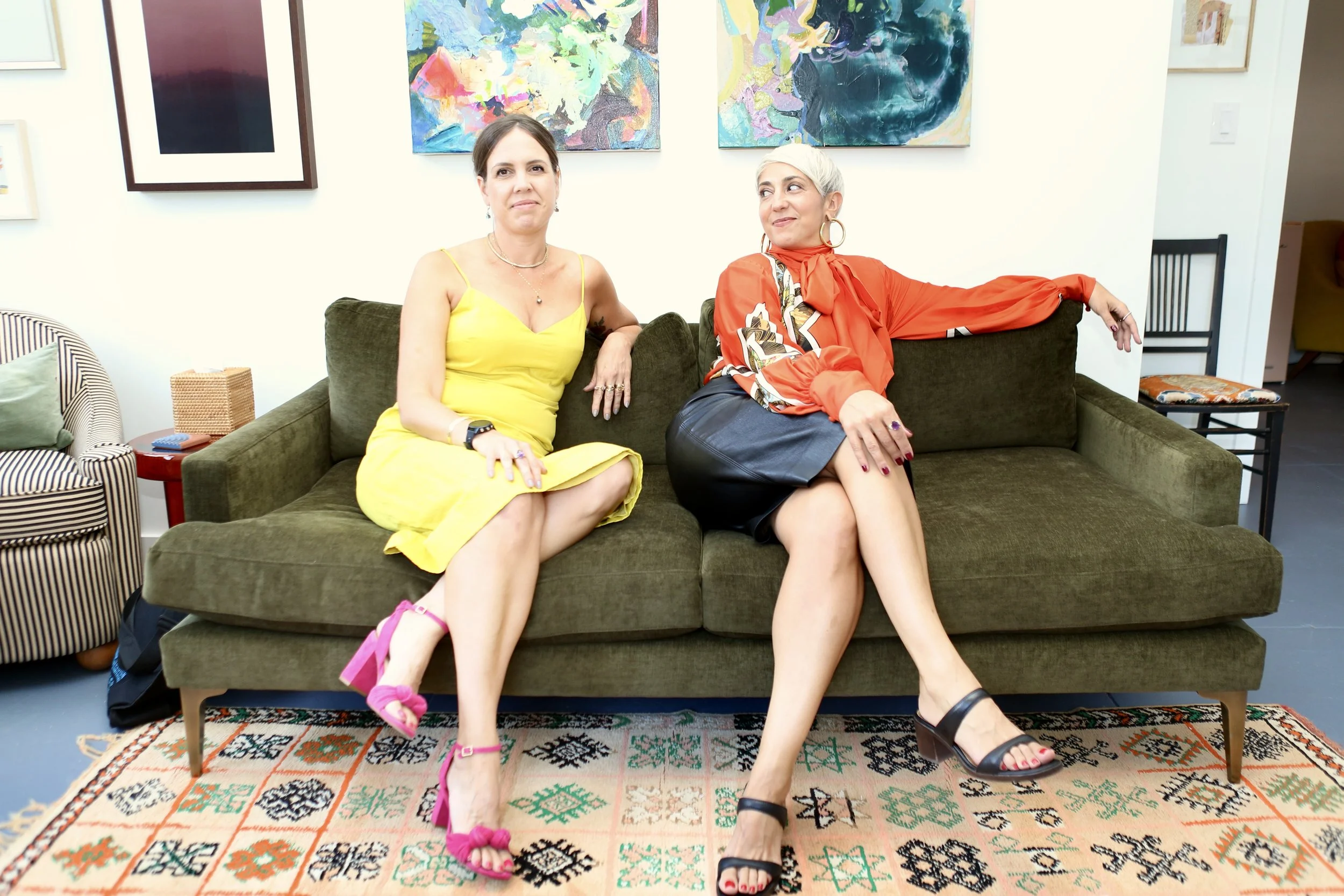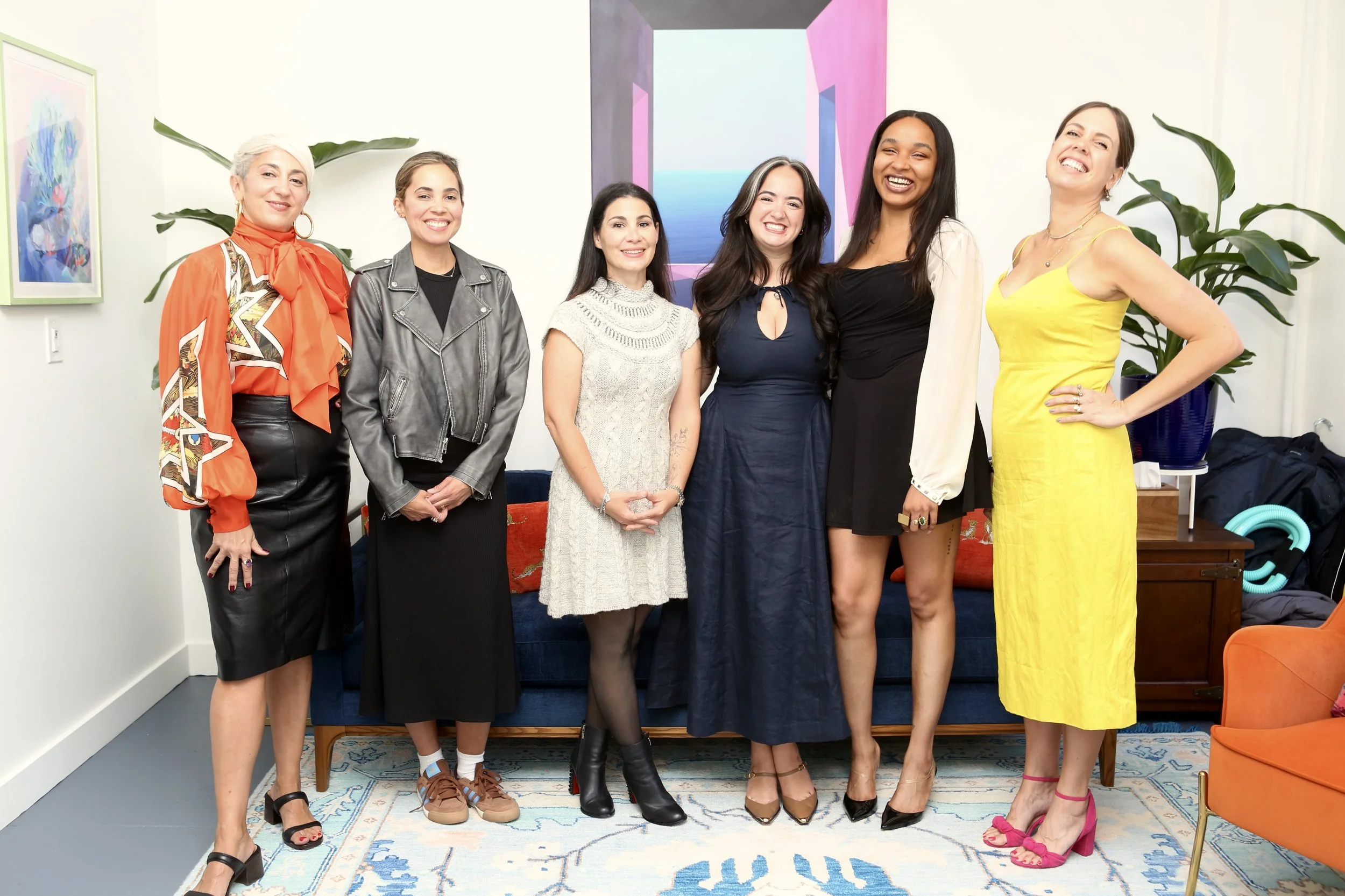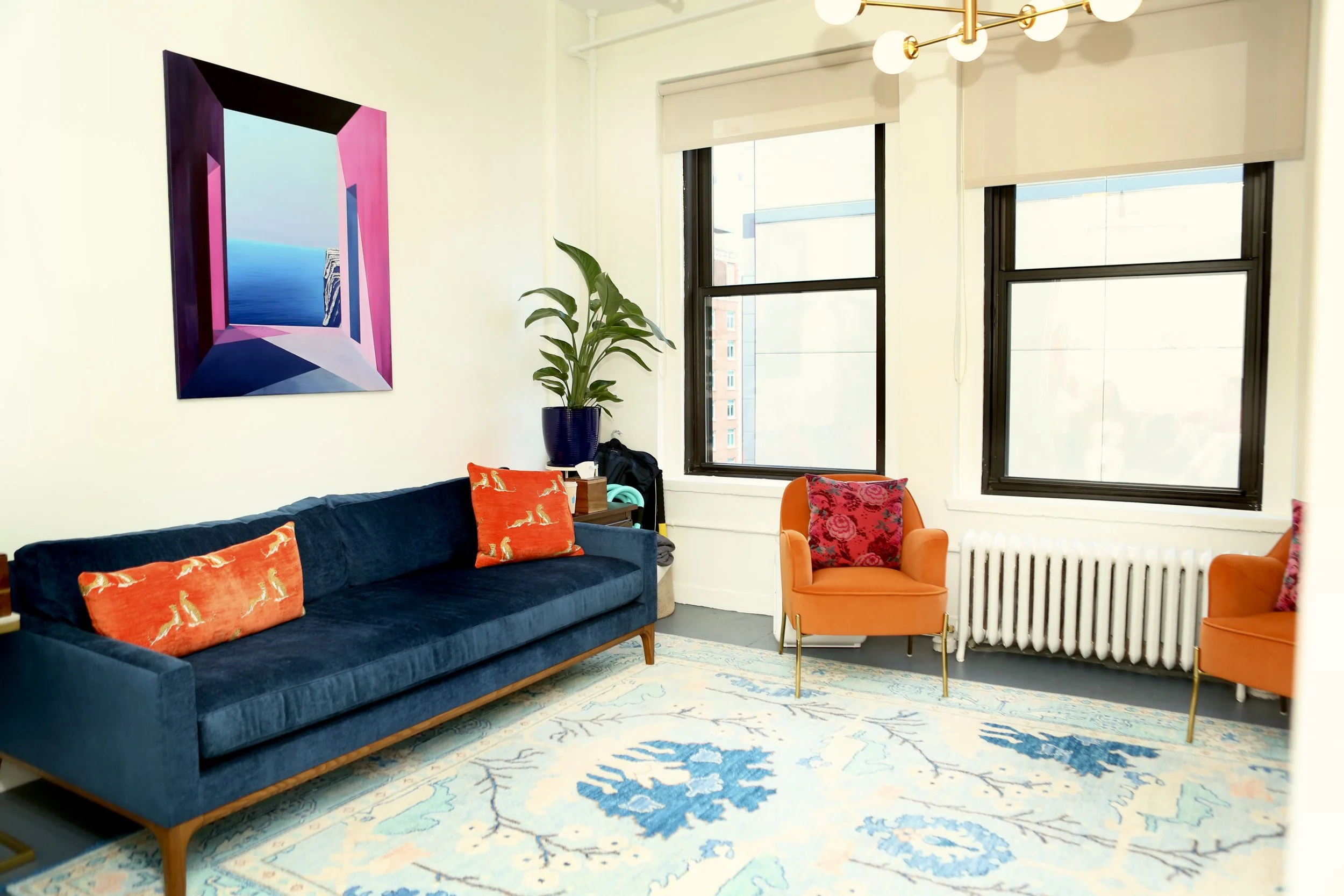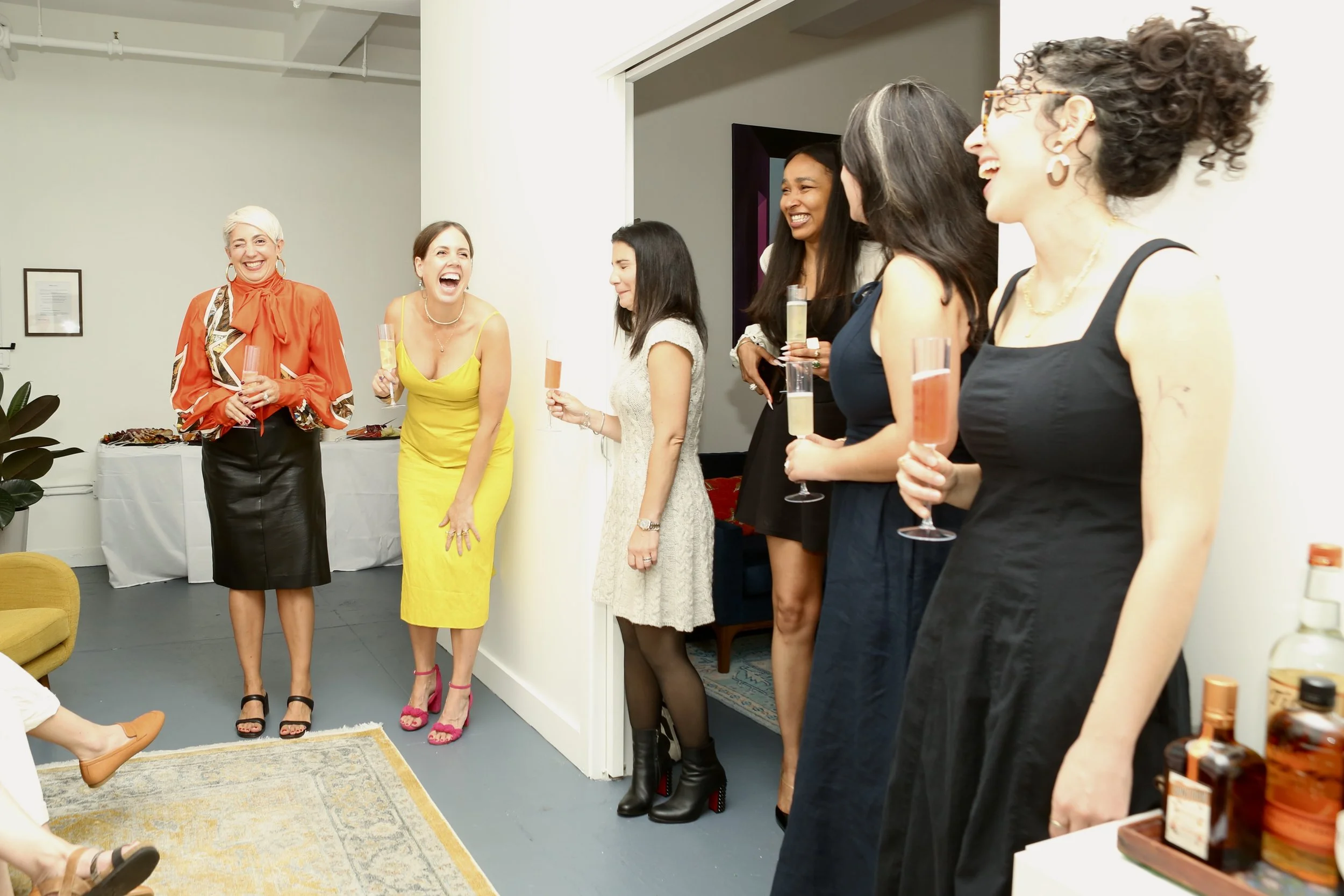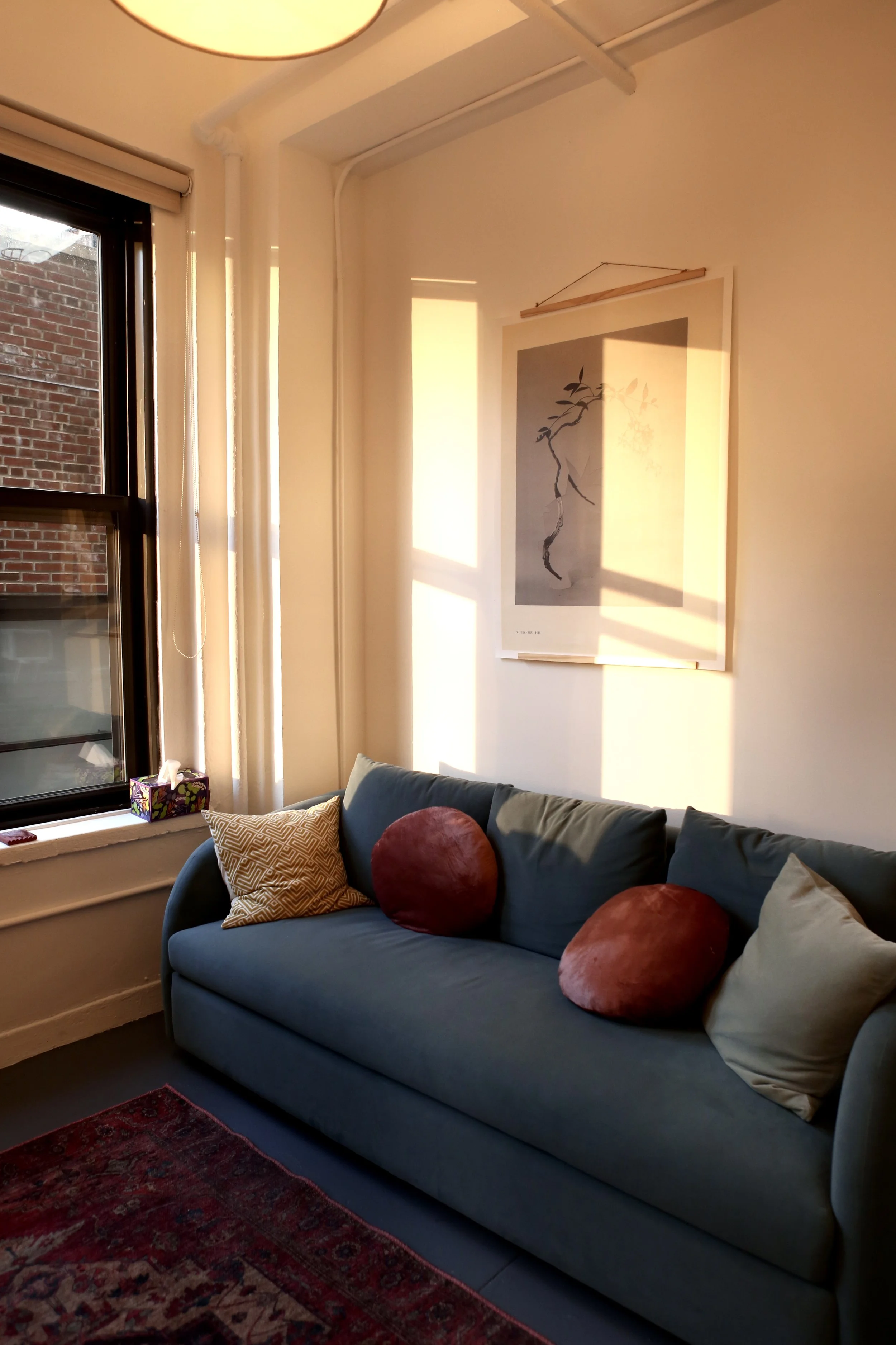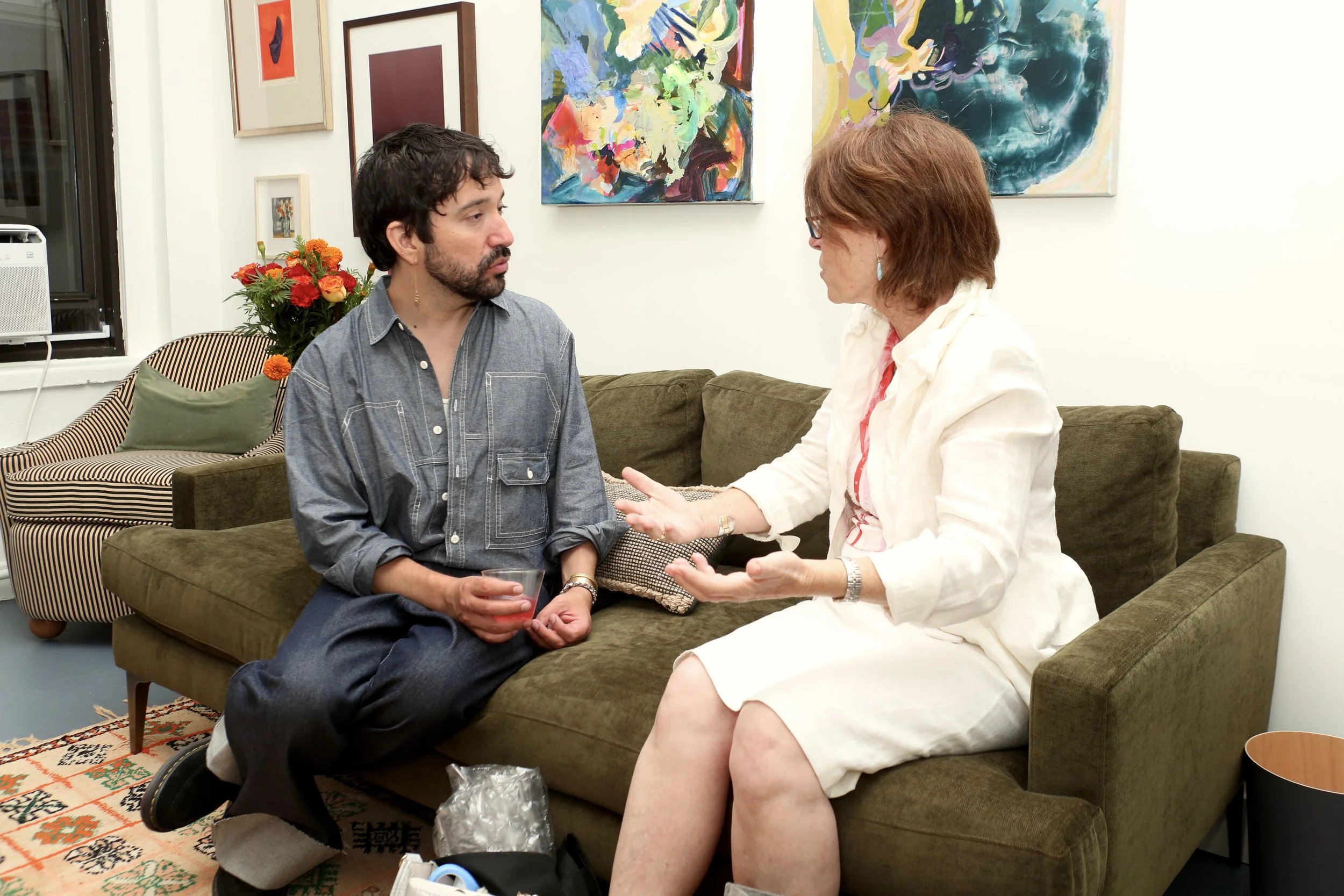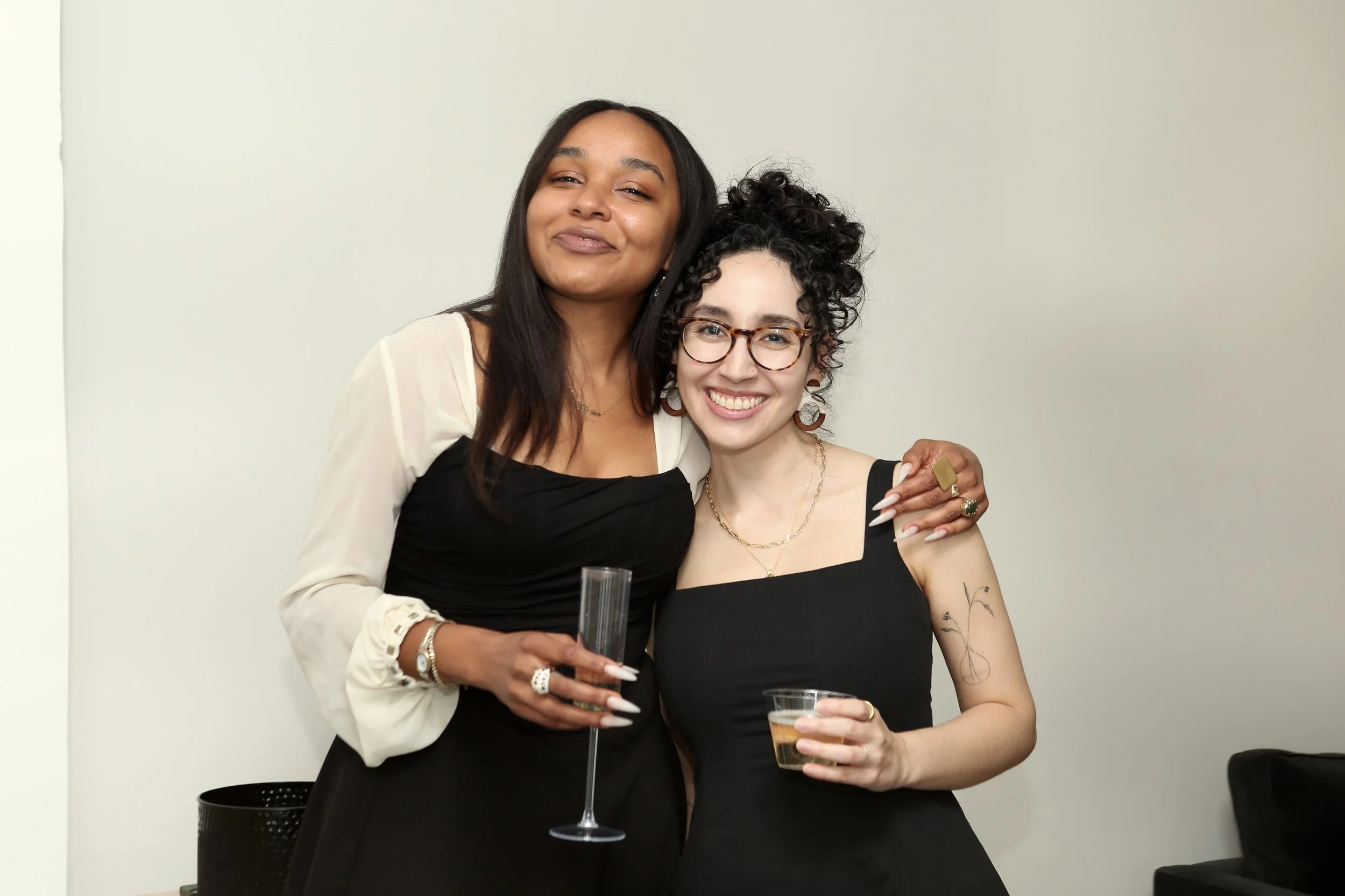Welcome To Our New Home
Hello Friends,
Psychoanalyst and pediatrician Donald Winnicott coined the phrase holding environment to describe the physical and psychological space of therapy. It is the space a clinician holds so each client can step in, feel safe enough to share an inner world, and begin to try something new. In graduate school, we talked a lot about how to create that space, in both literal and figurative ways. As art therapists, we considered not only the office, but also the materials and the room itself.
As a young art therapist starting in hospitals, shelters, community health centers, and schools, the first thing I did was clean, arrange, and organize the room. I sorted every crayon, marker, scrap of paper, and pipe cleaner into its own shelf, drawer, box, or jar. When budgets were low, I used old coffee cans. When traditional supplies were scarce, I improvised: I asked friends for magazines, rough-cut images for collage, so there were people, places, and objects of all kinds; paper plates became paint palettes; lunch trays became work stations. I labeled bags or folders for each client’s artwork and made sure they left with it at discharge or at the end of treatment. No matter the budget or square footage, the goal was the same: create a place someone would want to enter, where the details felt considered and comfort was possible.
That was a long time ago. Although my work looks different today, the space where therapy happens still matters.
I have worked in basements, shelters, janitor’s closets, and city hospitals with rodent problems, even on the seventh floor. I have run groups in detox units where getting out of bed for “art therapy” was the last thing on anyone’s mind. I have commuted two hours each way to get there. Again and again, attention to color, layout, and materials helped people want to come. The room signaled that they could exhale, that for the fifty-minute hour, they might feel safe.
When I started my private practice almost thirteen years ago, after a decade in nonprofit and hospital settings, I could not afford an office. I rented a friend’s space by the hour on weekends, saw clients at night and on Saturdays, then slowly added days until I could lease my own. Each expansion was scary, and each one turned out to be right. I launched Creative Arts Psychotherapy in the fall of 2022. We were mostly remote after COVID, but as I learned how to run a business, we built an incredible team that eventually outgrew the rooms we were subletting at the Gestalt Associates for Psychotherapy.
Last fall, my colleague and longtime friend Jordan Dann and I started looking at spaces. We walked into the raw floor that would become our new home and fell in love. It felt huge and full of light. The move was a real investment, and while our businesses were stable, it was still scary to take that risk. There were lawyers and contractors, commercial AC units, refrigerators, all of it. If you have owned a business, those items may feel ordinary. For me, a self-funded, first-time founder who started in literal basements, it was intimidating.
We talked through the pros and cons and what it would mean to own something together. We realized we did not just want to be business owners. We wanted to be part of a community. We wanted to run workshops and lectures, host dinners and supervisions, and feel connected to others doing this difficult and rewarding work. We wanted a space where clients felt not only comfortable, but genuinely wanted to come. We hoped they could feel cared for, see a visible “holding environment” in Winnicott’s sense, and, at the risk of overdoing my earnestness here, maybe even feel inspired.
At our first gathering last month, what I felt most was gratitude. Two decades of attention to space and care have brought me to a place I am proud to call home.
Where do you feel most at home? What elements help you feel safe and inspired there? What small actions can you take now to bring more of that feeling into your daily life?
-Jennifer CAP

